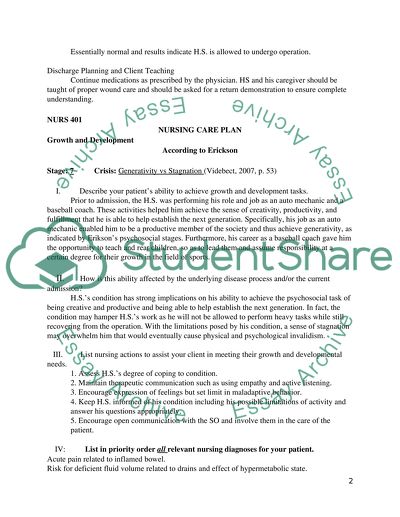Cite this document
(“Nursing Care Plan Admission/Application Essay Example | Topics and Well Written Essays - 1500 words”, n.d.)
Retrieved from https://studentshare.org/nursing/1460831-nursing-care-plan
Retrieved from https://studentshare.org/nursing/1460831-nursing-care-plan
(Nursing Care Plan Admission/Application Essay Example | Topics and Well Written Essays - 1500 Words)
https://studentshare.org/nursing/1460831-nursing-care-plan.
https://studentshare.org/nursing/1460831-nursing-care-plan.
“Nursing Care Plan Admission/Application Essay Example | Topics and Well Written Essays - 1500 Words”, n.d. https://studentshare.org/nursing/1460831-nursing-care-plan.


